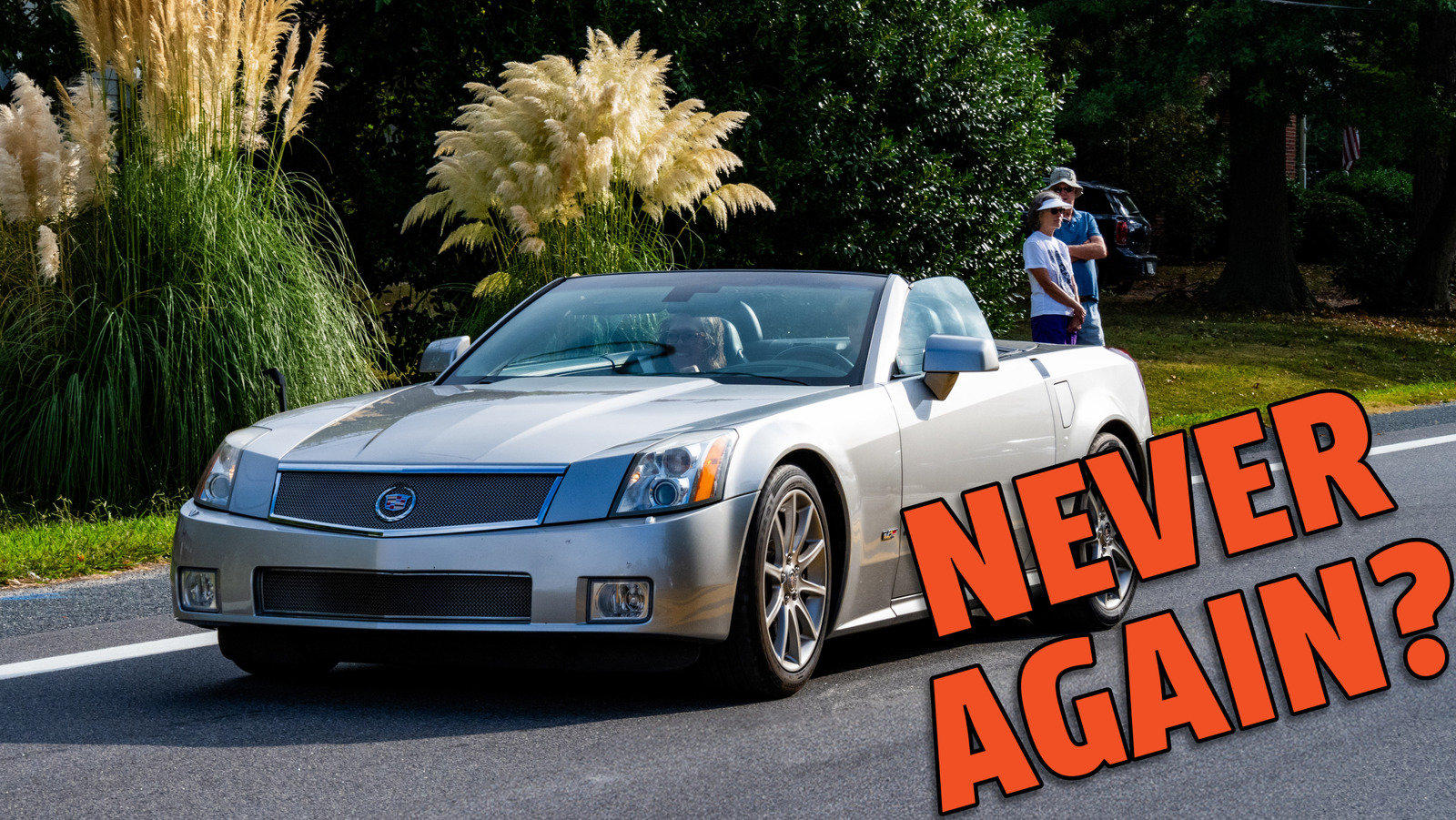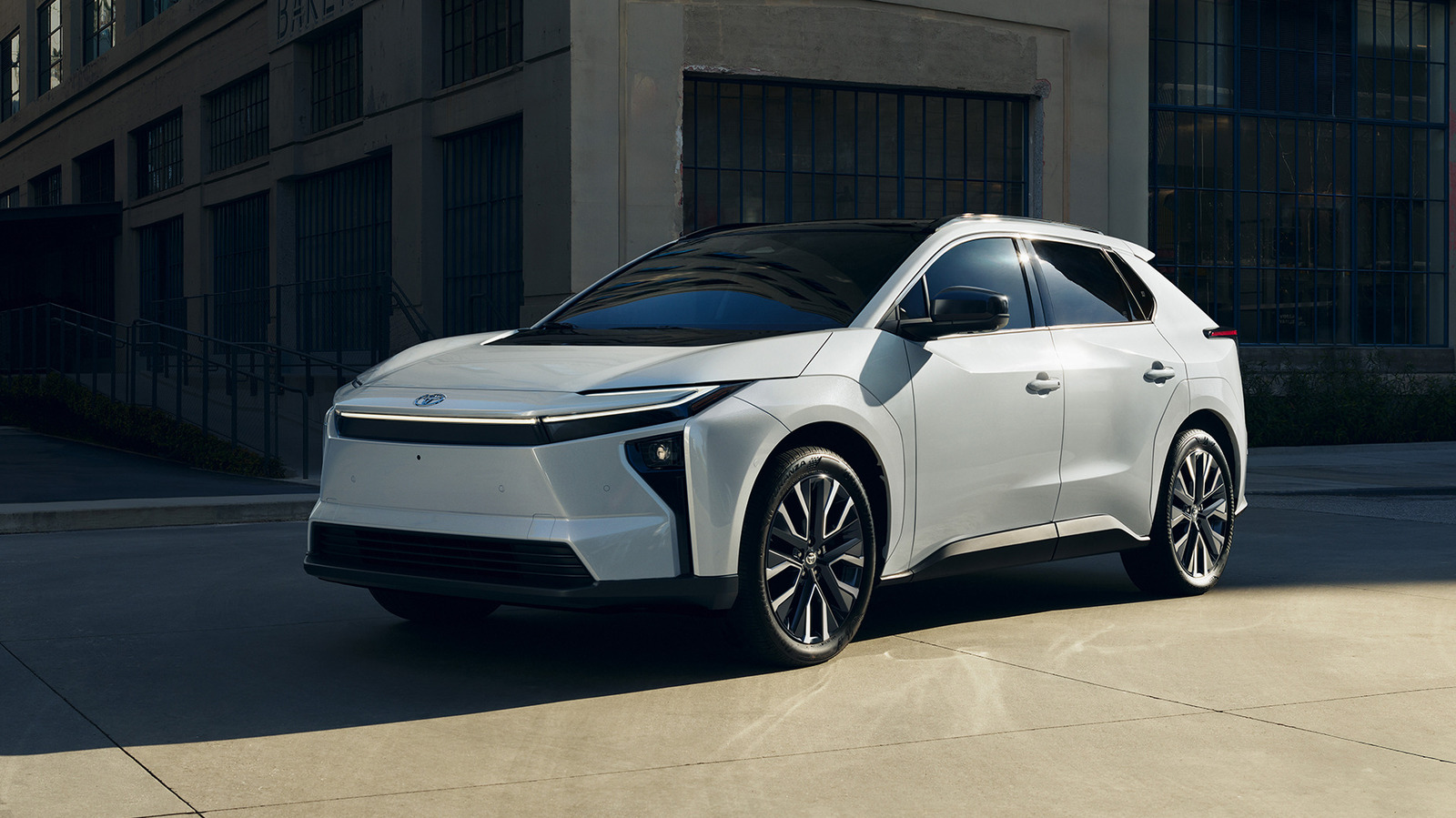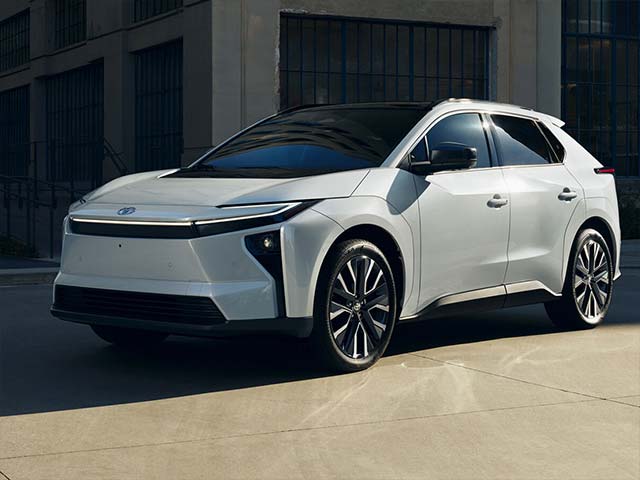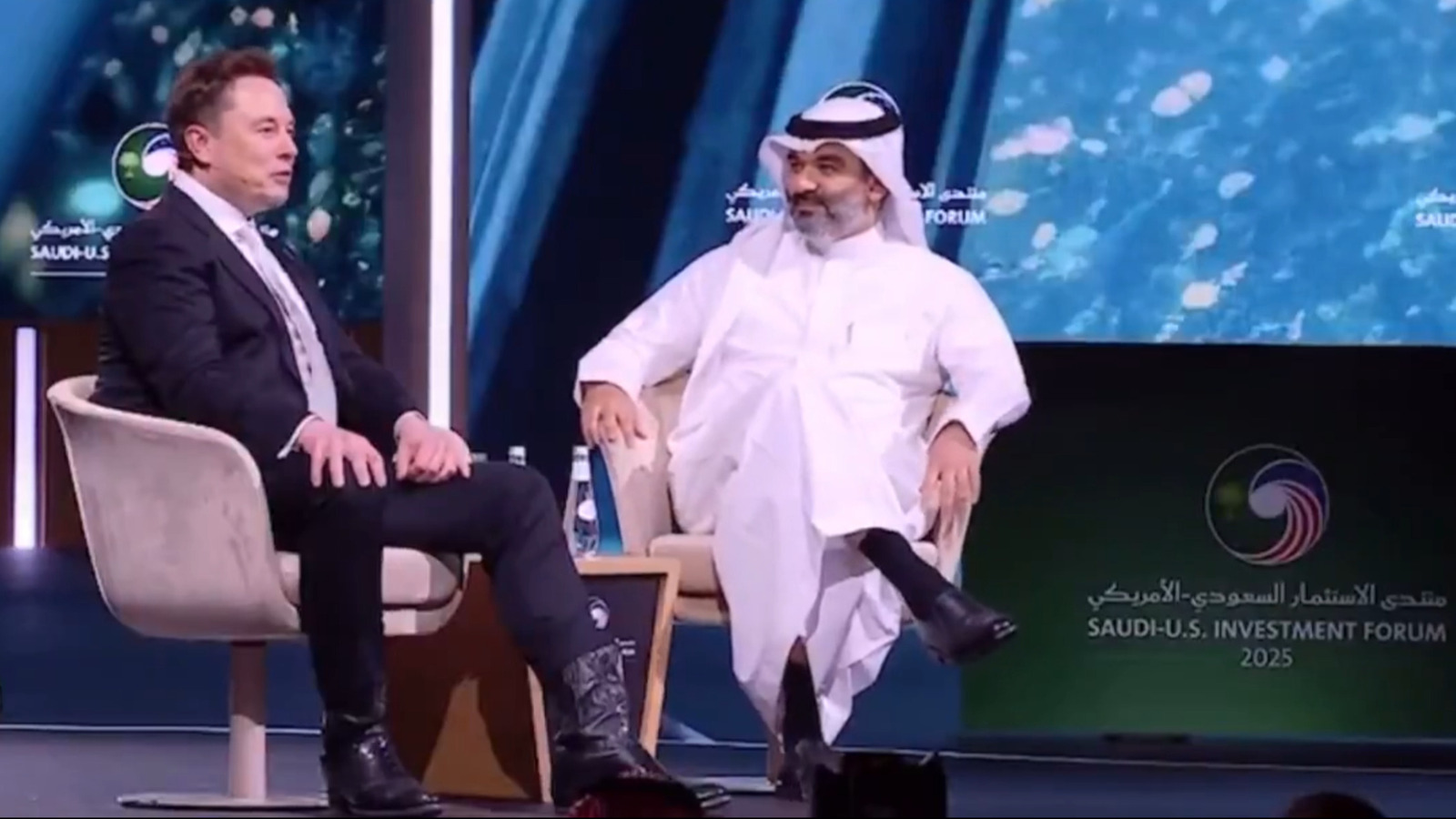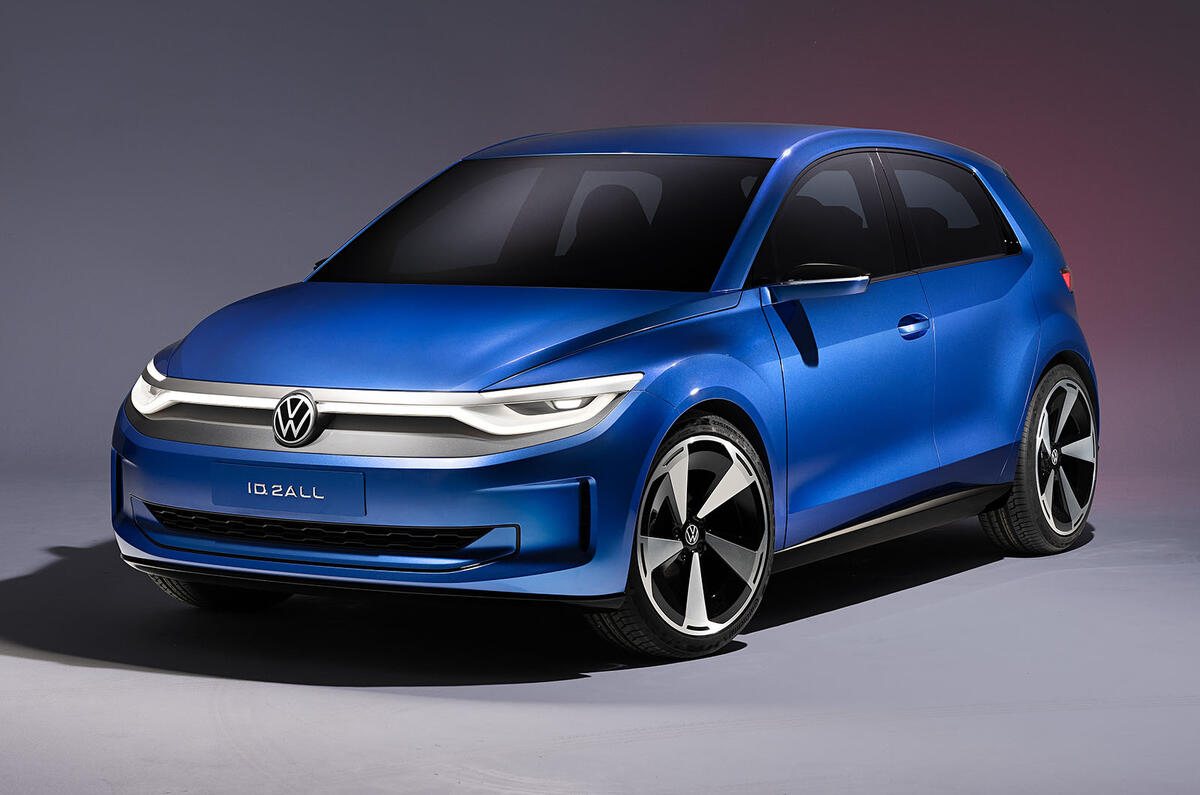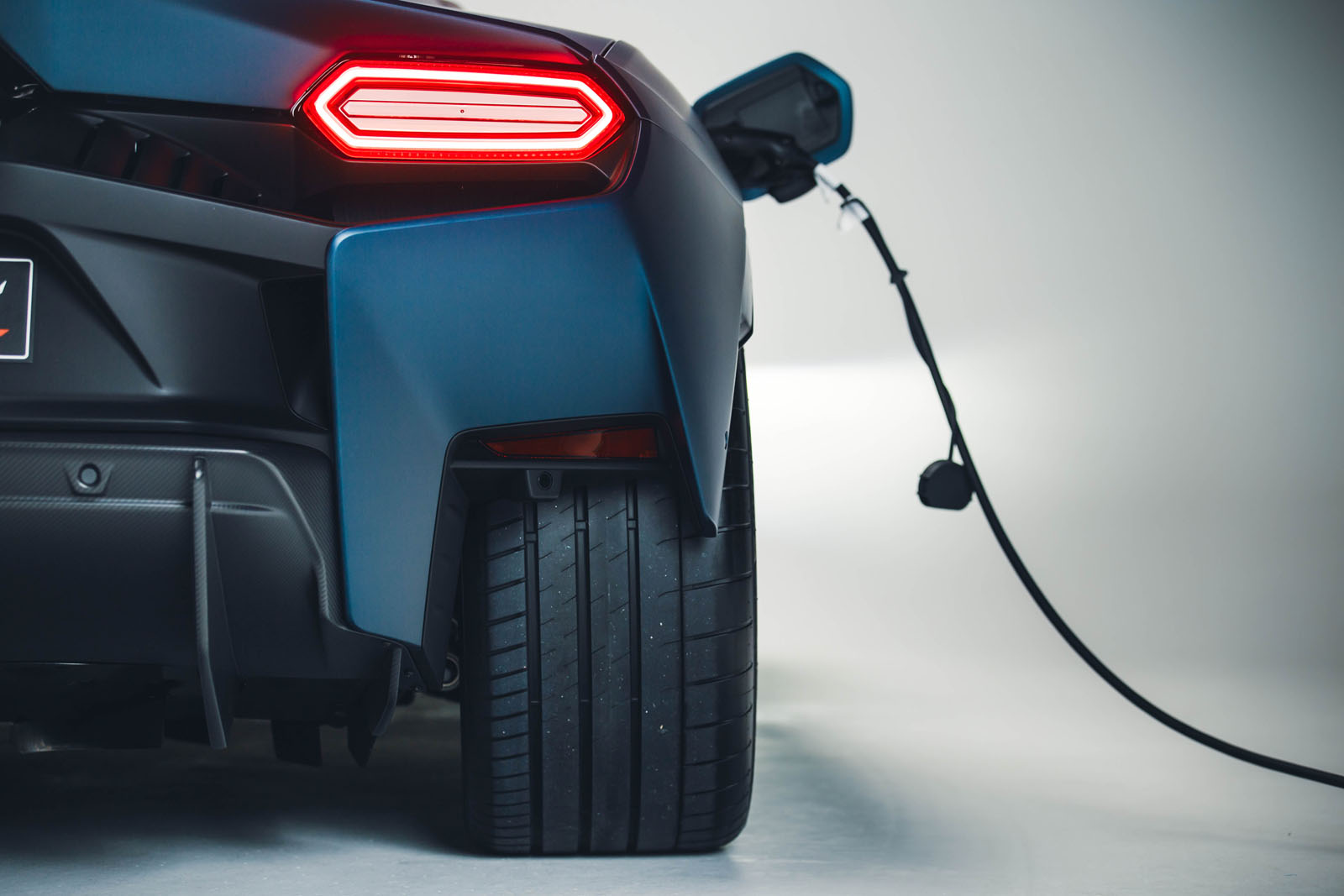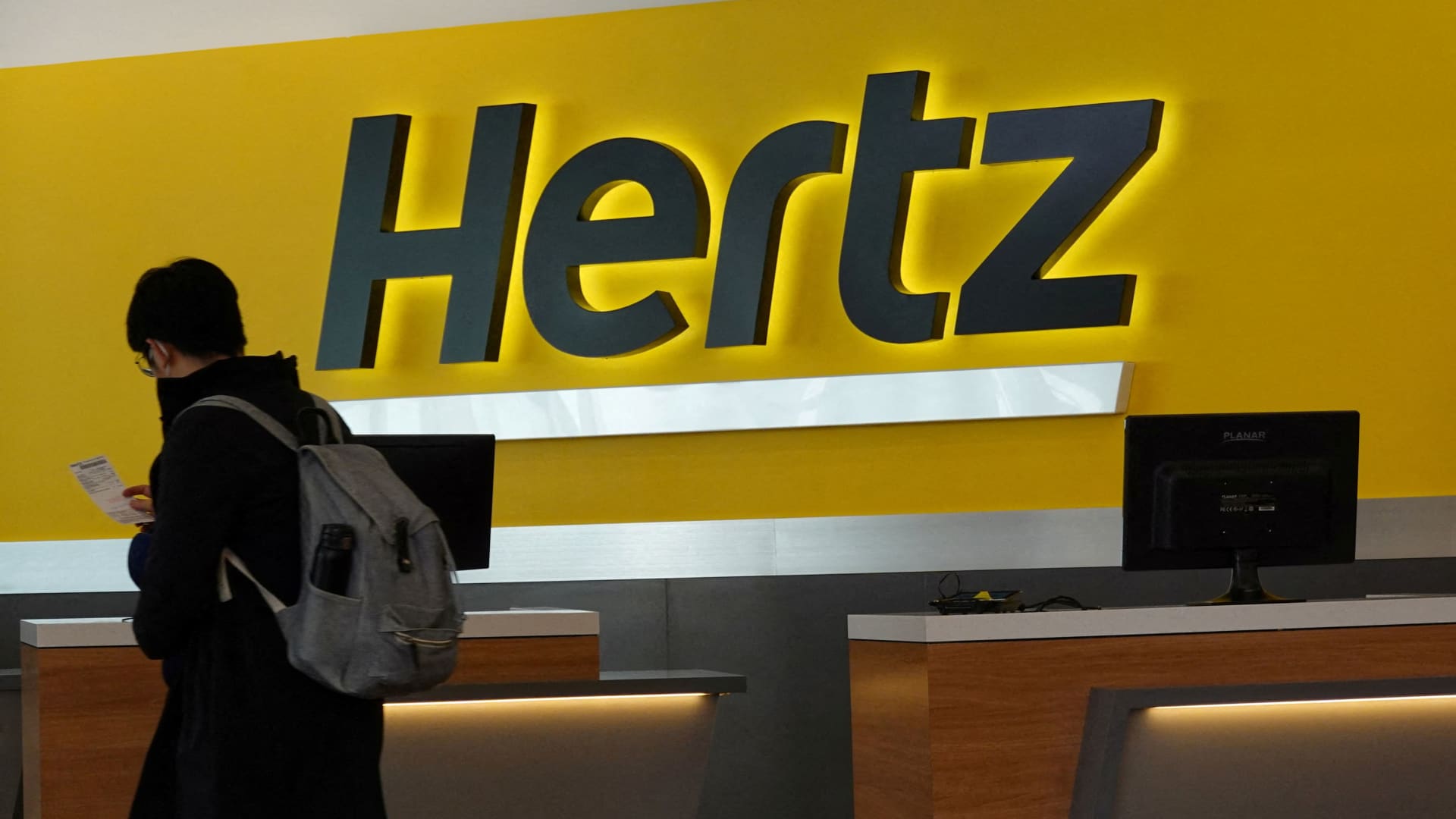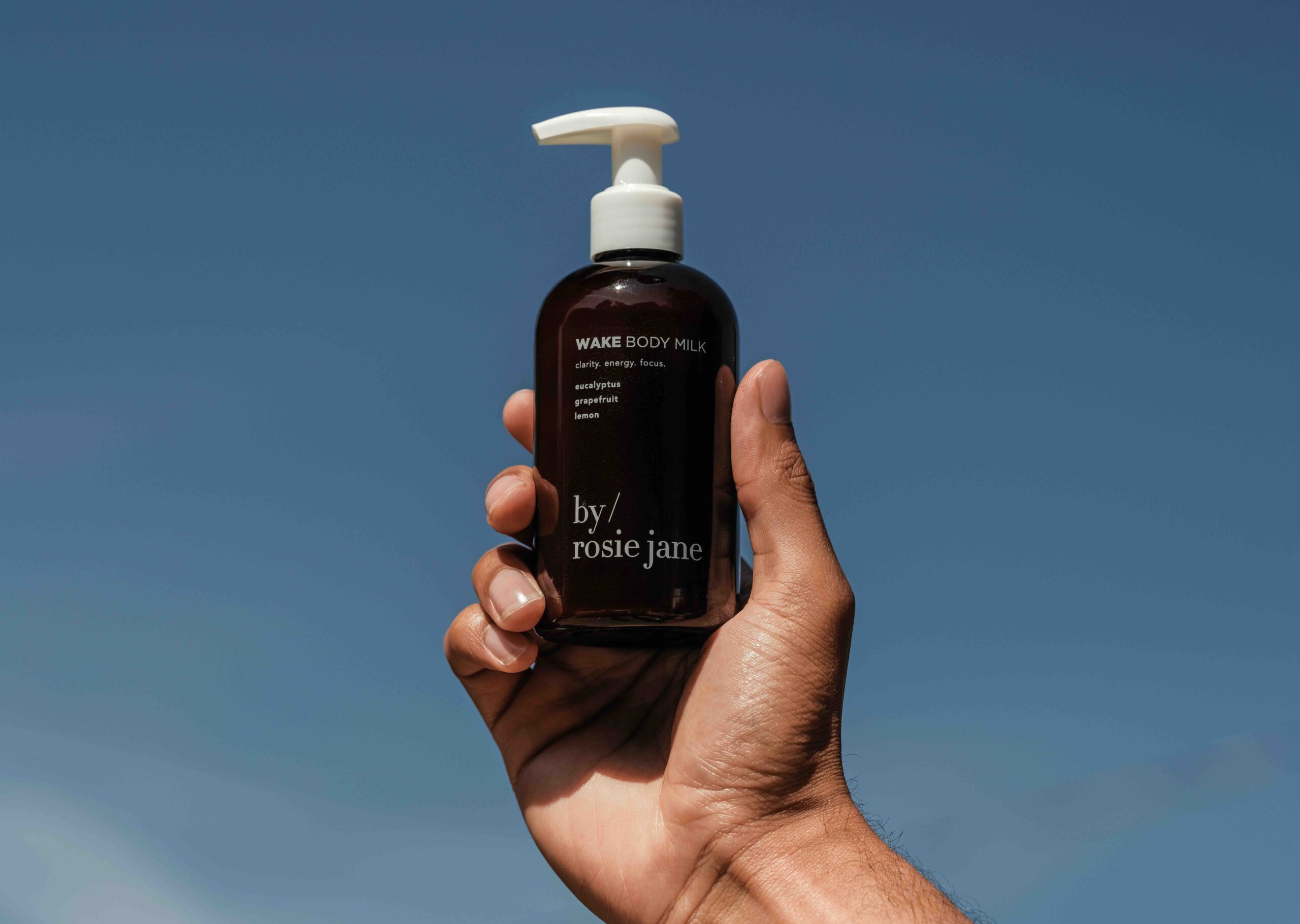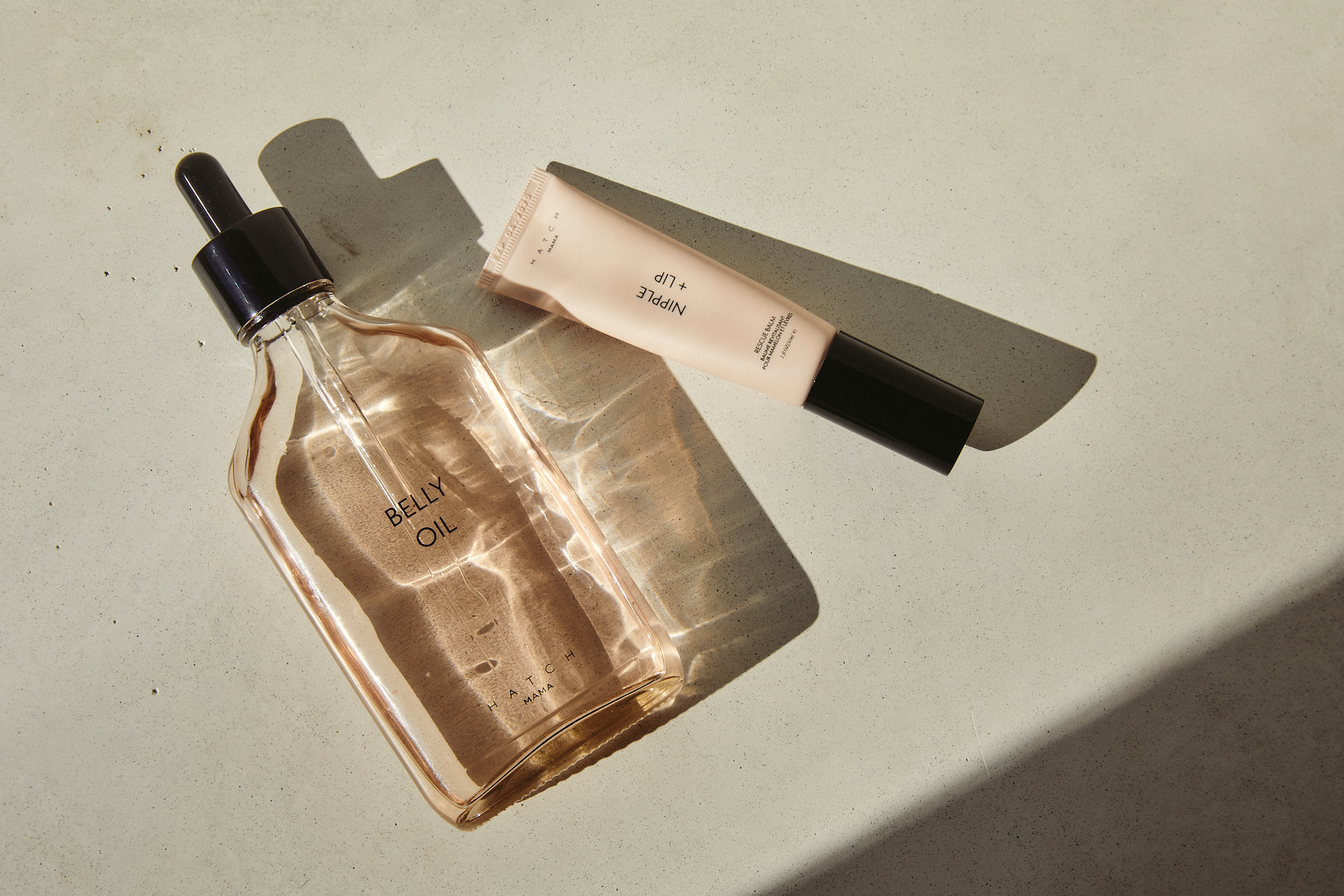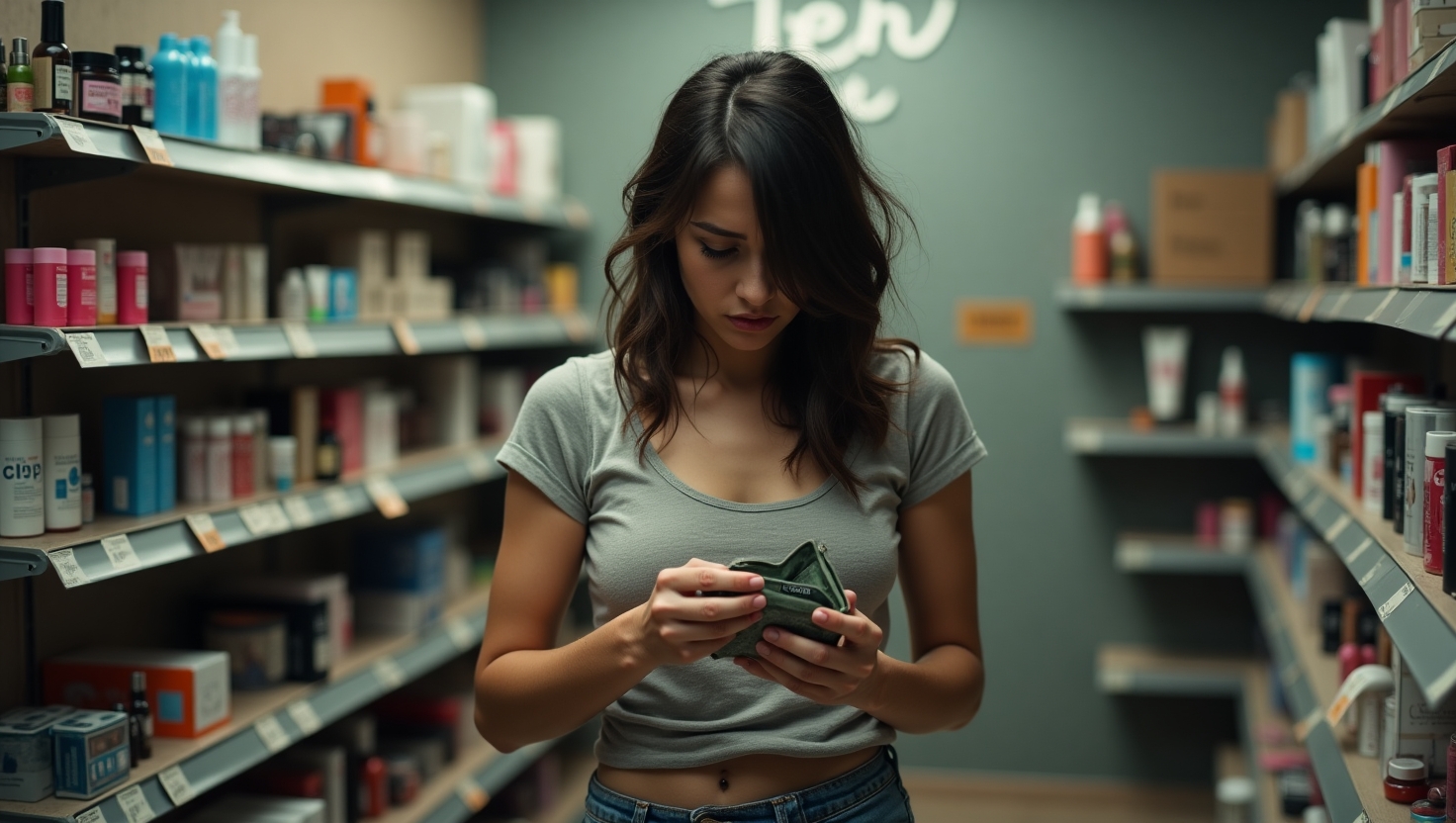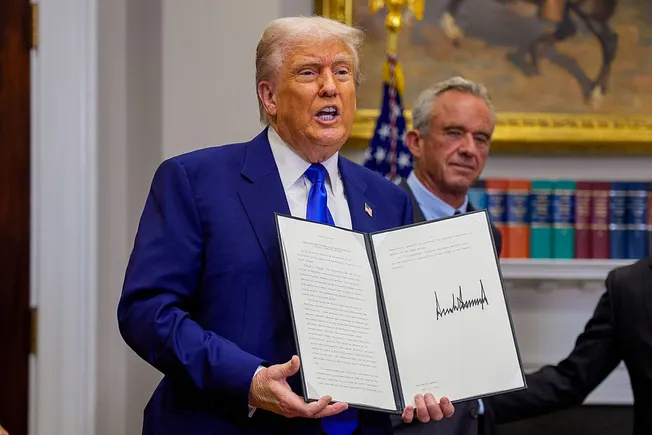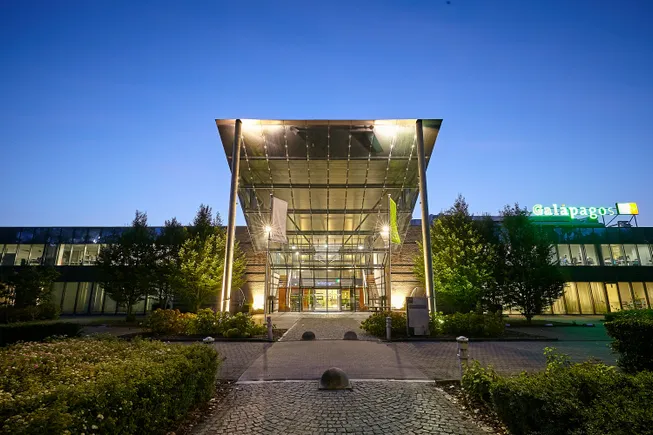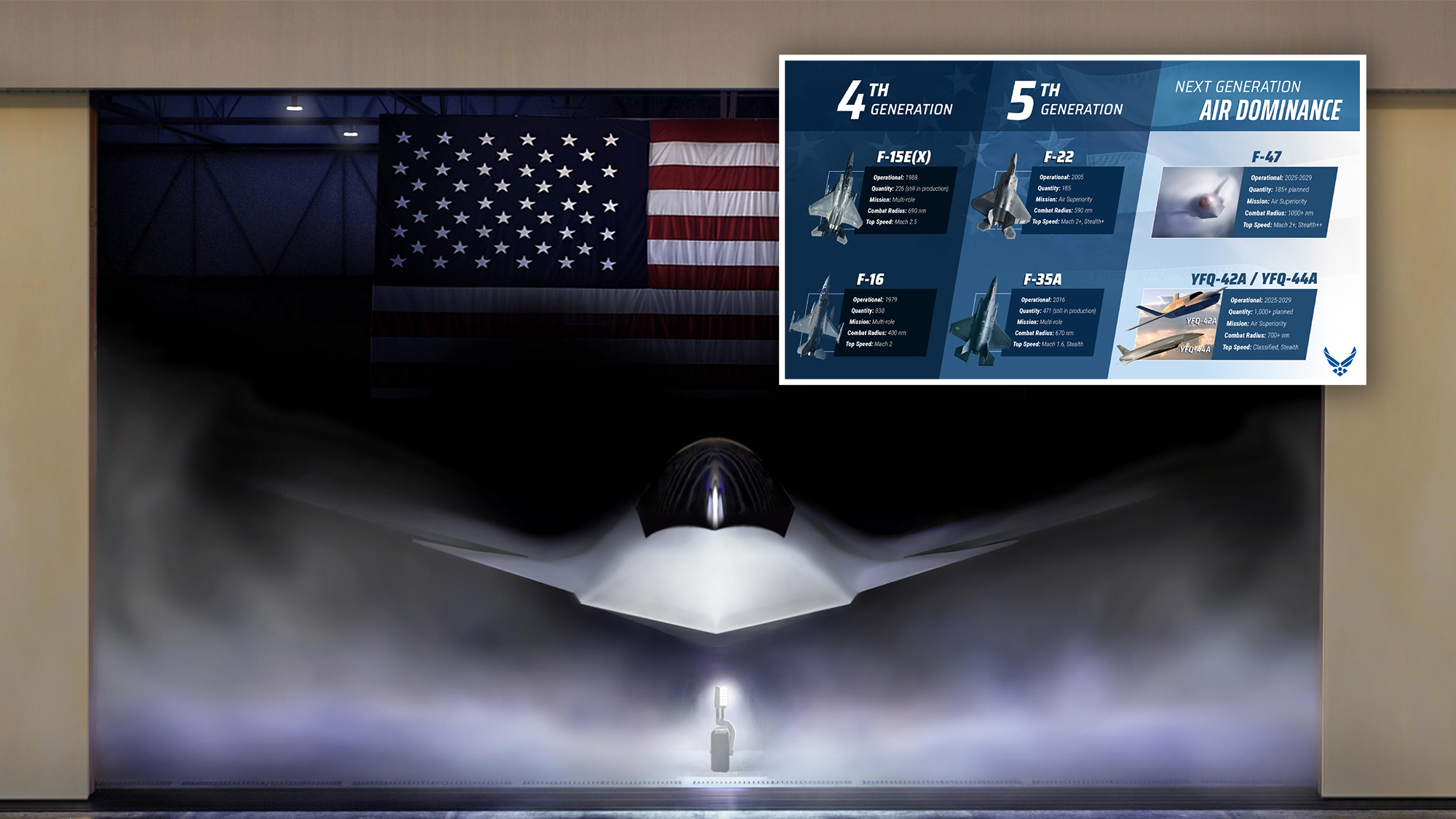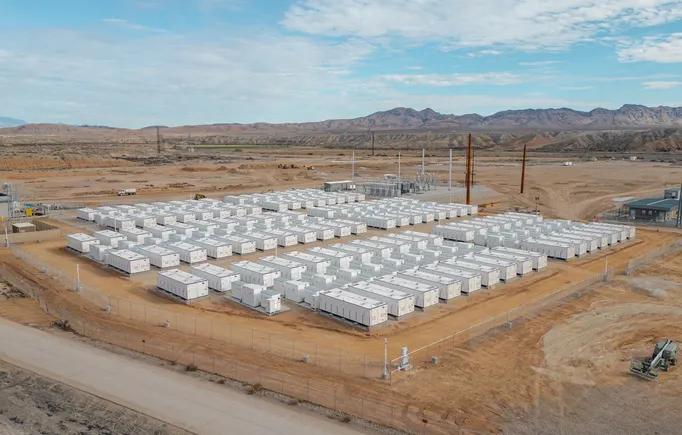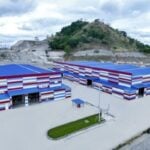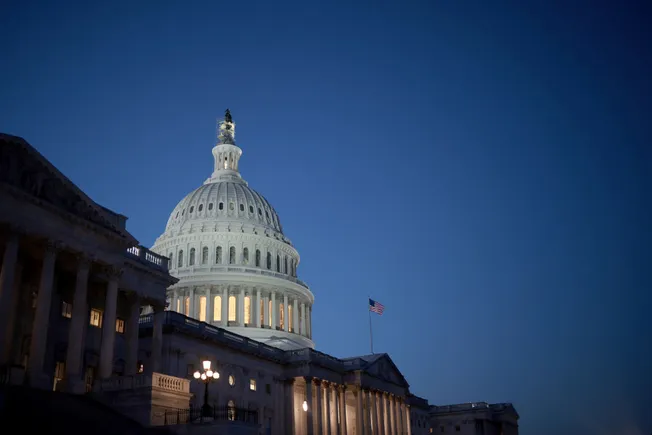Can Luxury Skincare Brands Justify Their Sky-High Prices?
From proprietary formulations to years of scientific research, luxury skincare brands build their value through more than just potent ingredients – they sell a dream. The post Can Luxury Skincare Brands Justify Their Sky-High Prices? appeared first on LUXUO.

In the luxury beauty and skincare industry, the concept of “selling the dream” has become a cornerstone of brand strategy. This approach, built on compelling promises and aspirational advertising, has cultivated a generation of consumers with rigorous, multi-step skincare routines. In response, brands have crafted their own narratives around efficacy and exclusivity, positioning themselves as the ultimate solutions to modern skin concerns. It then becomes a question of how these luxury skincare brands justify their premium price points. Case in point — La Mer’s famed Crème de la Mer, which can retail for up to USD 1,000 for a 250ml jar. The justification for this price point often lies in a combination of proprietary formulations, intensive research and a meticulously constructed brand identity that extends far beyond mere moisturisation.
The Power of Proprietary Formulation


One of the core justifications for the high price of Crème de la Mer lies in its ingredients and proprietary formulation, particularly the signature Miracle Broth — a bioactive complex derived from sustainably harvested sea kelp, vitamins and minerals, fermented over several months. Supporting this powerhouse is Lime Tea, a concentrated antioxidant extracted from the peel of citrus aurantifolia. This ingredient is included for its ability to neutralise free radicals, providing a defence against environmental stressors and oxidative damage, a crucial factor in maintaining youthful, resilient skin.
— a bioactive complex derived from sustainably harvested sea kelp, vitamins and minerals, fermented over several months. Supporting this powerhouse is Lime Tea, a concentrated antioxidant extracted from the peel of citrus aurantifolia. This ingredient is included for its ability to neutralise free radicals, providing a defence against environmental stressors and oxidative damage, a crucial factor in maintaining youthful, resilient skin.


According to La Mer, this potent blend is designed to accelerate skin repair, improve barrier function and boost cellular regeneration. Clinical studies done by the brand back these claims, with results showing that in just two weeks, the cream can improve skin barrier resilience by 81 percent, visibly reduce fine lines, and enhance overall firmness. After four weeks, it is said to reduce the appearance of deep lines on the forehead, wrinkles between the eyebrows and folds around the mouth. These outcomes are not just marketing claims but are said to be supported by rigorous testing, including trials on diverse skin tones to ensure universal efficacy.
The original formula was developed by aerospace physicist Dr. Max Huber, who spent 12 years and over 6,000 experiments perfecting it after suffering severe burns in a laboratory accident. This narrative of perseverance, combined with the unique, closely guarded formulation, helps justify the product’s premium pricing. In a market where consumers are increasingly demanding transparency and efficacy, these clinical studies offer a compelling reason to invest in the brand’s high-ticket products. Critically, the formula is also free from parabens and phthalates, aligning with the growing consumer demand for cleaner, more conscious skincare.

Beyond La Mer, brands like Augustinus Bader have also leaned into the power of proprietary formulations. Launched at the brand’s inception in 2018, Bader’s cult-favourite “The Cream” and “The Rich Cream” are powered by the brand’s patented Trigger Factor Complex (TFC8®) technology, backed by over 30 years of research in cellular repair and regenerative medicine. Augustinus Bader uses oligopeptide-177, the tissue-protective peptide that is the main component of its cream. This complex is the result of decades of stem cell research, designed to support the body’s natural renewal processes.
Research and Development

Another factor driving the high price of luxury skincare is the significant investment in ongoing research and development. Unlike mass-market products that may rely on established, lower-cost ingredients, luxury brands often invest in cutting-edge biotechnology, clinical trials, and ingredient sourcing to stay ahead. For example, Lancôme’s Advanced Génifique serum is the result of over 14 years of research and multiple patents, aimed at boosting the skin’s youthful radiance and texture at a cellular level. The costs associated with this kind of research, from lab testing to patent filings, are immense, adding to the overall price of the final product.
Additionally, as newer brands enter the luxury space, they face the challenge of proving efficacy in an increasingly saturated market. Many of these companies, like Tata Harper or Dr. Barbara Sturm, focus heavily on clinical validation and constant formulation refinement, which requires ongoing financial investment. This is a critical factor, as any misstep in formulation can result in costly reformulations and brand-damaging reviews.
Marketing and the Art of Storytelling


Luxury skincare is more than just selling a product — it is also about selling a story. La Mer, for instance, has built a narrative around transformation and exclusivity, positioning its products as more than just skincare. This approach extends to everything from its advertising campaigns to its sleek, glass packaging, which itself reflects the brand’s premium positioning. Estée Lauder’s Advanced Night Repair, another industry stalwart, similarly justifies its premium price through a combination of cutting-edge research and clever marketing, emphasising the science behind its formulas while cultivating a luxury aura.

This strategy is not unique to skincare. Like fine wines or bespoke couture, luxury creams often leverage the power of scarcity and exclusivity to create desire. Limited-edition releases, like SK-II’s artist collaboration bottles or La Prairie’s ultra-exclusive Platinum Rare collection, tap into this dynamic, encouraging loyal customers to pay a premium for what they perceive as rare and aspirational. This scarcity, whether real or manufactured, further cements their status as luxury items.
Not all the costs are strictly tied to the product itself. High-end skincare brands also invest heavily in their retail environments, high-touch customer service, and digital marketing campaigns. For instance, La Mer’s in-store experiences often include personalised consultations, spa-like facials and bespoke packaging, all of which add to the perceived value. This holistic approach to branding is a cornerstone of the luxury business model, transforming what might otherwise be a simple skincare purchase into a highly personalised, almost ritualistic experience.
Is The Price of Beauty “Worth It”?
Critics often argue that much of the cost of luxury skincare is simply passed on to the consumer, covering everything from research and development to high-end marketing and premium packaging. While this is partially true, it is also a necessity for brands like La Mer, which invest heavily in continuous formulation improvements and scientific testing to stay competitive. Unlike mass-market brands, these companies often work with rare, costly ingredients and maintain strict quality controls, leading to higher start-up costs and ongoing operational expenses. In this sense, the premium price is more than just profit — it is about sustaining the research and development that is crucial to the luxury segment.
Therefore, the combination of proprietary formulations, years of scientific research and exclusive ingredients carries a heavy markup to cover production costs, patent protection and continuous development. This ultimately contributes to the product’s hefty price tag. That being said, whether or not a USD 1,000 cream is “worth it” is subjective, hinging as much on emotional connection and brand loyalty as it does on measurable results. For some consumers, the promise of glowing, youthful skin and the allure of a beautifully packaged jar is enough to justify the splurge. For others, the high price tag is a barrier, prompting a search for more affordable alternatives that can deliver similar results. As long as there is demand for scientific innovation within the luxury skincare industry, brands like La Mer will continue to command premium prices, supported by a mix of scientific credibility, emotional storytelling, and marketing finesse.
For more on the latest in beauty and perfumery reads, click here.
The post Can Luxury Skincare Brands Justify Their Sky-High Prices? appeared first on LUXUO.










